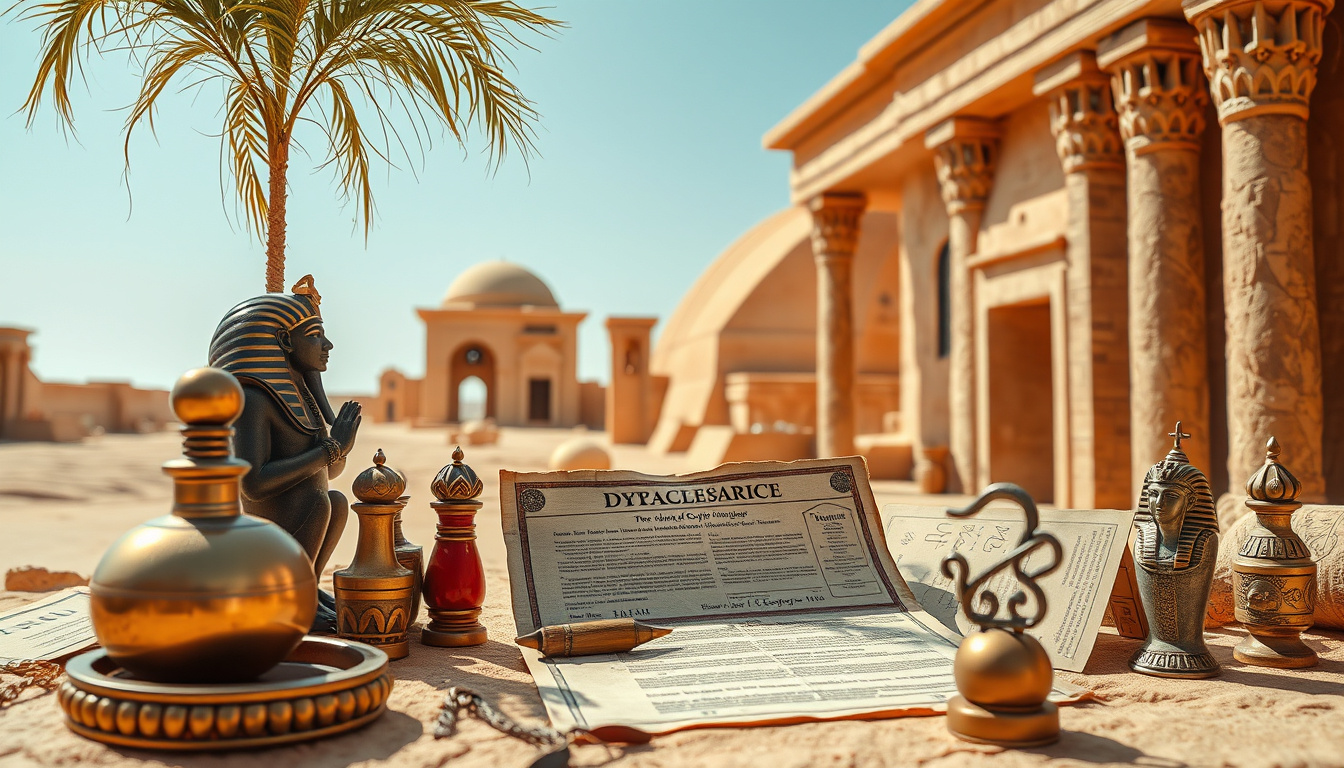Exploring the complexities of relationships through the lens of history unveils fascinating insights into societal norms and legal frameworks.
One of the more intriguing aspects of ancient culture is the documentation surrounding marriage and divorce, particularly in Ancient Egypt.
Known for its monumental architecture and rich mythology, Ancient Egypt also had a sophisticated social structure that included detailed household management.
Today, we delve into Ancient Egyptian divorce documents, revealing their significance in understanding marital customs, legal implications, and social practices of the time.


Comparative Analysis of Ancient Egyptian Divorce Practices with Other Civilizations
### Comparative Analysis of Ancient Egyptian Divorce Practices with Other Civilizations
In exploring the complexities of Ancient Egyptian divorce documents, we uncover fascinating insights into how these practices aligned with, yet diverged from, those of other ancient civilizations.
In Ancient Egypt, divorces were remarkably straightforward compared to the often convoluted processes in places like ancient Rome or Greece.
Egyptian men and women could easily draft marriage dissolution documents that required simple declarations, often involving mutual consent.
This accessibility reflects a society where both parties had recognizable rights, a progressive stance for a civilization that thrived over 3,000 years ago.
In contrast, ancient Roman divorce often required legal mediation, making the process more formal and, at times, heavily biased towards male dominance.
Roman law required specific grounds for divorce, and women were left with limited rights during the process, whereas Egyptian practices allowed women significant autonomy, evidenced by the existence of divorce documents authored by women.
Similarly, in ancient Greece, divorce was a social stigma that disproportionately affected women, restricting their social freedoms.
The relaxed regulations surrounding Ancient Egyptian divorce documents reveal a culture that understood and valued personal agency, allowing individuals to navigate marital dissolution with relative ease.
Documents from this era provide critical insights into daily life, gender roles, and the understanding of partnership within ancient society, establishing a contrast with the often more restrictive systems found in contemporaneous civilizations.
Frequently Asked Questions
What were the key reasons for divorce in Ancient Egypt?
Divorce in Ancient Egypt was often based on factors like infidelity, lack of support, or disagreements over household responsibilities.
Economic issues and personal compatibility also played significant roles in the decision to end a marriage.
What did Ancient Egyptian divorce documents typically include?
Ancient Egyptian divorce documents usually outlined the terms of separation, including the division of property, custody arrangements for children, and any financial settlements.
They were formalized and often witnessed, serving as legal records of the divorce.
How did divorce impact societal status in Ancient Egypt?
Divorce could significantly impact an individual’s social status in Ancient Egypt, particularly for women.
While men often retained their social standing, women sometimes faced stigma or financial hardship, highlighting the gender dynamics of ancient society.
How do Ancient Egyptian divorce practices compare to modern practices?
While many aspects of divorce have evolved, some similarities remain, particularly regarding the formal processes involved.
However, modern divorce often includes legal representation and more extensive rights for women compared to the practices in Ancient Egypt.
What insights do Ancient Egyptian divorce documents provide about their culture?
These documents reveal much about Ancient Egyptian societal values, including views on marriage, gender roles, and the importance of legal contracts.
They reflect a structured approach to personal relationships and the significance placed on lawful agreements.

